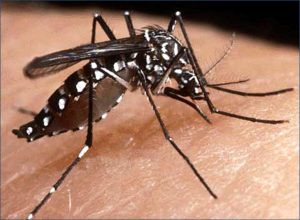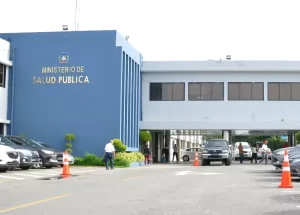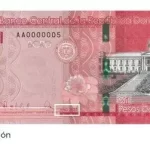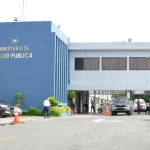A kilo of rice costs more in the U.S. than in the Dominican Republic
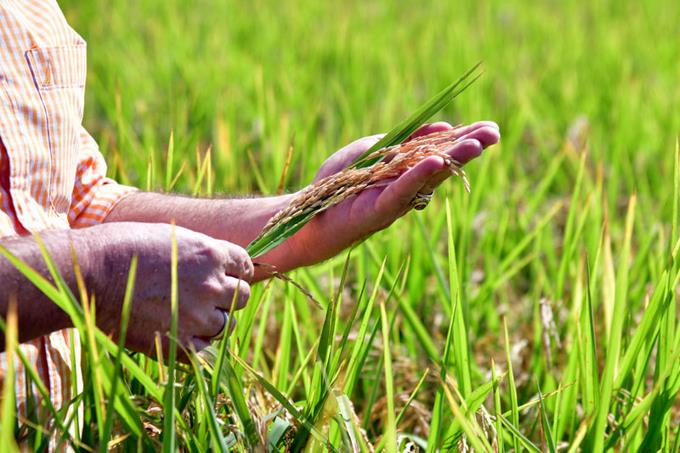
World rice production continues to increase, as it is a high consumption cereal. File/LD
Santo Domingo, DR
A survey of rice prices in 81 countries of the world carried out this month determined that the lowest cost per pound of rice is in Paraguay, where the price per kilogram is US$0.64, and while in the United States, it is US$3.77 in the Dominican Republic it is US$1.61.
One kilogram is equivalent to 2.2 pounds, so calculating with an exchange rate of RD$54 to one dollar, the average price of a pound of rice in the Dominican Republic is now RD$39.52 in March, which is more expensive than in Paraguay, slightly more expensive than the average price of US$1.88 per kilogram in the 81 countries, but cheaper than how it is being sold this month in the United States.
If the purchase price of the U.S. currency at RD$57 to one is taken as a reference, the price per pound of rice in the Dominican Republic would be RD$41.71.
If a kilo of cereal is worth US$3.77, a pound would cost RD$101.79.
The prices correspond to a survey published on the 14th of this month by Global ProductPrices.com.
The countries in the sample where the cereal is sold most expensively are Serbia and Japan, with prices of US$4.51 and US$41 per kilogram.
In addition to the United States, Nigeria, Israel, Uruguay, and Russia have prices above US$3 per kilogram.
Above US$2 per kilogram are Saudi Arabia, Latvia, Chile, Zambia, Switzerland, Malaysia, Slovakia, Sweden, Zazaztan, Bulgaria, Canada, South Korea, the United Arab Emirates, and Hungary.
Countries with prices of less than one dollar per kilogram of long-grain white rice are Singapore, Argentina, Egypt, Colombia, India, Bangladesh, Thailand, and Paraguay.
Main food
Rice is a cereal of great importance in the diet of many countries around the world, but in the case of the Dominican Republic, along with chicken, it is the main staple of the diet.
The cereal and seven other agricultural products are protected under the tariff scheme known as the CBI or ICC (Caribbean Basin Initiative) and entered into the negotiation of the free trade agreement signed by the country with five Central American nations (Costa Rica, Nicaragua, El Salvador, Honduras, Guatemala), and the United States, known as DR-Cafta, which maintained the protection for 25 years.
The eight agricultural products are protected by the Agreement on Agriculture with the Technical Rectification followed in the DR-Cafta, which ends in 2025.
By 2024, the rice import quota will be only 11.8%, meaning the local market will be practically open to rice imports.
In 2031 there will be no tariffs on imports from the United States because the agreement came into force in 2006 for customs purposes since that year was when El Salvador put it into effect as the first country of all the signatories.
Experts in agricultural matters have suggested that the Dominican Government appeal to several instruments provided by the agreement to reduce the pressure on the sector that employs thousands of people in the countryside.
In addition to measures that, although prohibited by the World Trade Organization (WTO), such as agricultural subsidies, advanced countries, including the United States and Europe, apply them.
Final route
Next year will mark the 20th anniversary of the signing of DR-Cafta. According to the tariff dismantling schedule, only 13 lines (agricultural products) are pending entry into total free trade. Among these are chicken thighs in part or united, polished, husked, and whitened rice, with husk will enter with 11.88% in 2024.


